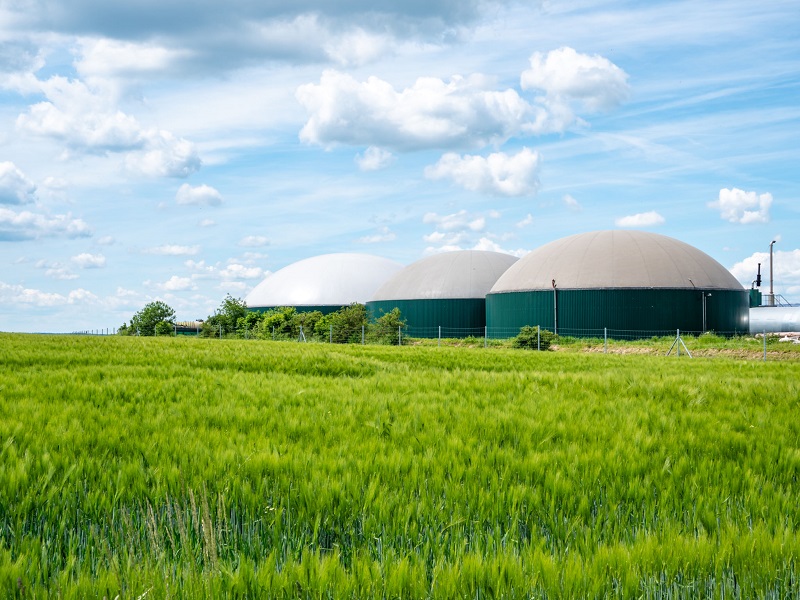Bio Gas
Biogas can be burned directly as a fuel or treated to remove the CO2 and other gases for use just like natural gas. Treated biogas may be called renewable natural gas or biomethane.
Talk to Sales
Biogas can be burned directly as a fuel or treated to remove the CO2 and other gases for use just like natural gas. Treated biogas may be called renewable natural gas or biomethane.
Talk to Sales
Biogas is an energy-rich gas produced by anaerobic decomposition or thermochemical conversion of biomass. Biogas is composed mostly of methane (CH4), the same compound in natural gas, and carbon dioxide (CO2). The methane content of raw (untreated) biogas may vary from 40%–60%, with CO2 making up most of the remainder along with small amounts of water vapor and other gases. Biogas can be burned directly as a fuel or treated to remove the CO2 and other gases for use just like natural gas. Treated biogas may be called renewable natural gas or biomethane.
Anaerobic decomposition of biomass occurs when anaerobic bacteria—bacteria that live without the presence of free oxygen—eat and break down, or digest, biomass and produce biogas. Anaerobic bacteria occur naturally in soils, in water bodies such as swamps and lakes, and in the digestive tracts of humans and animals. Biogas forms in and can be collected from municipal solid waste landfills and livestock manure holding ponds. Biogas can also be produced under controlled conditions in special tanks called anaerobic digesters. The material remaining after anaerobic digestion is complete is called digestate, which is rich in nutrients and can be used as a fertilizer.